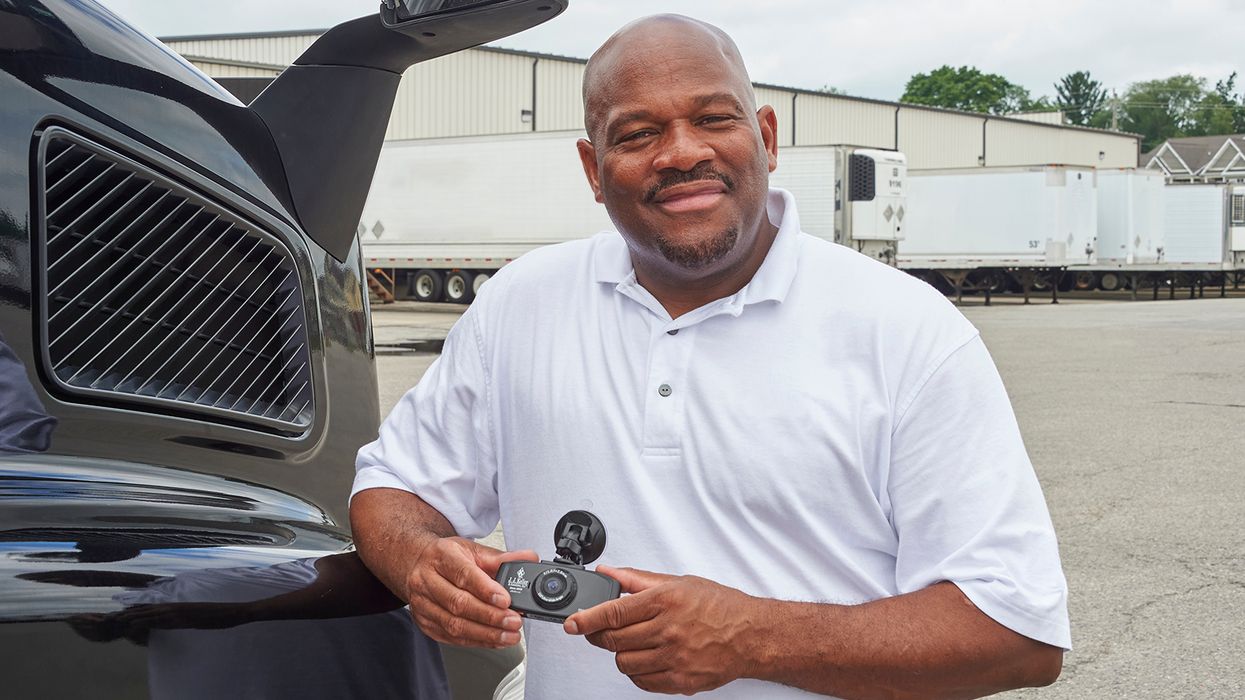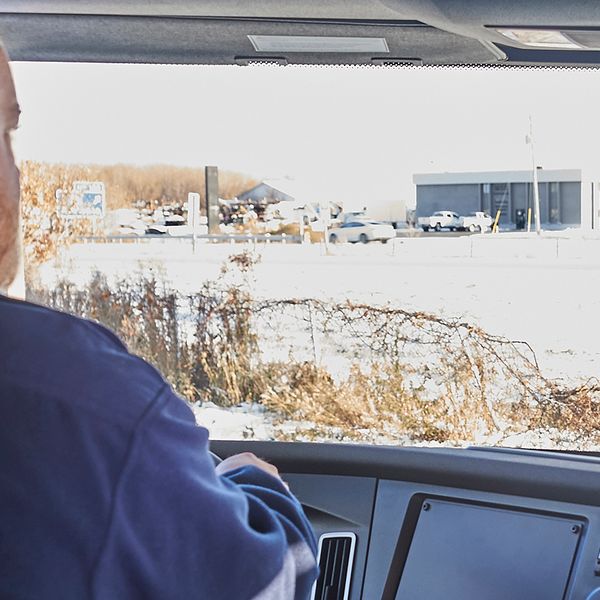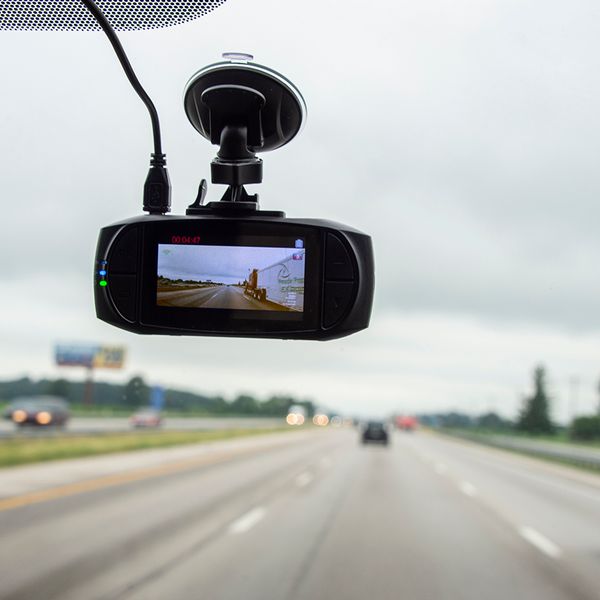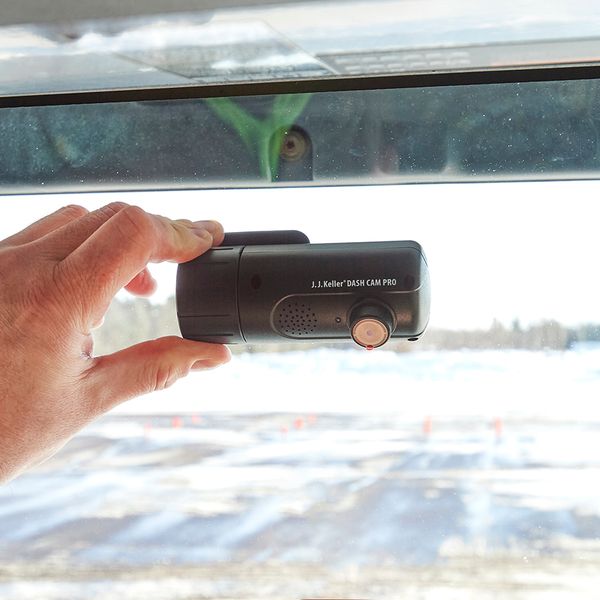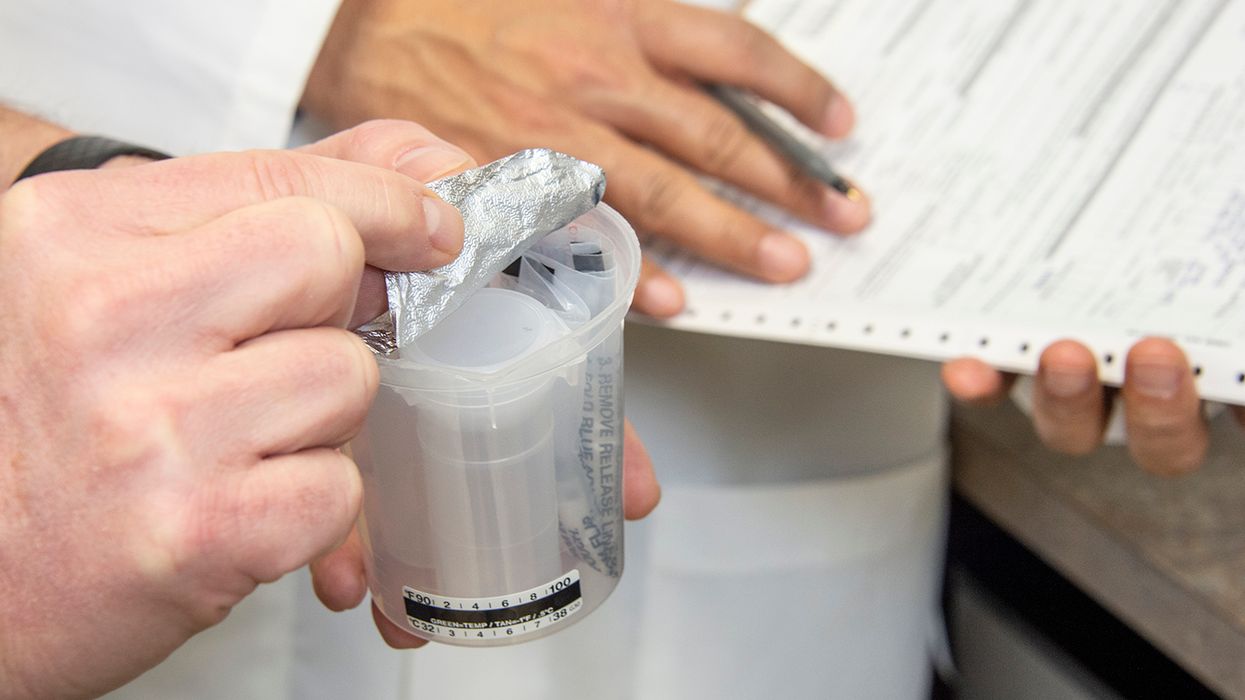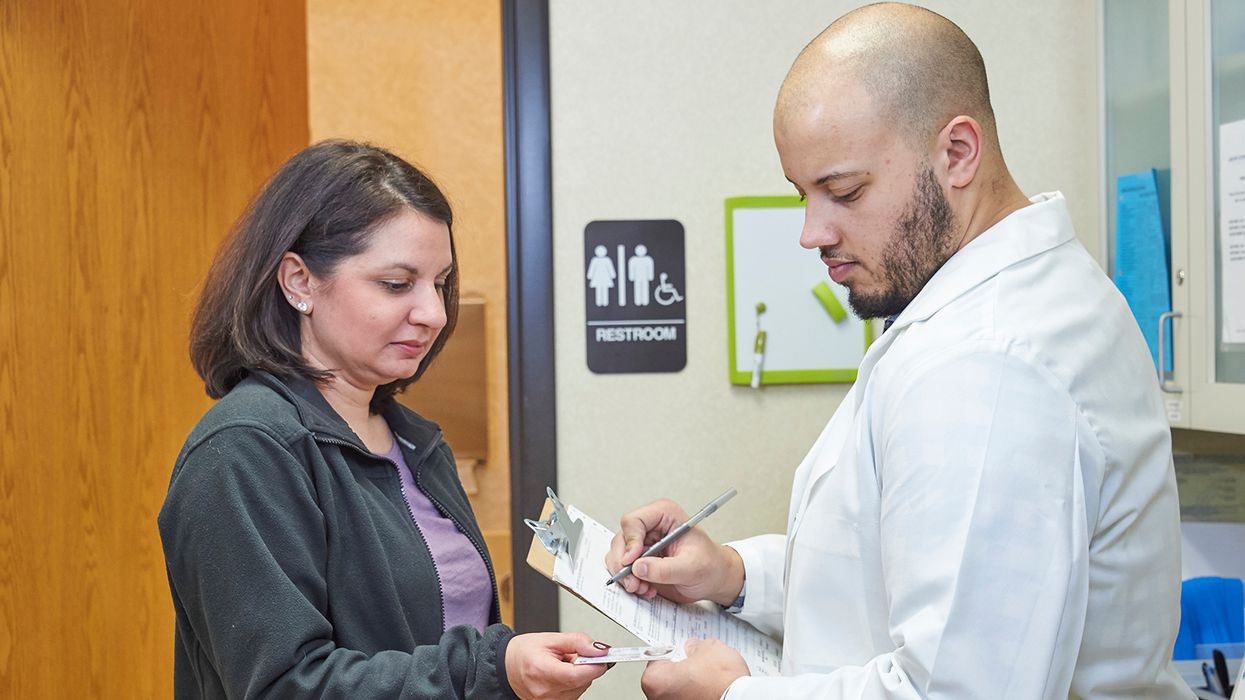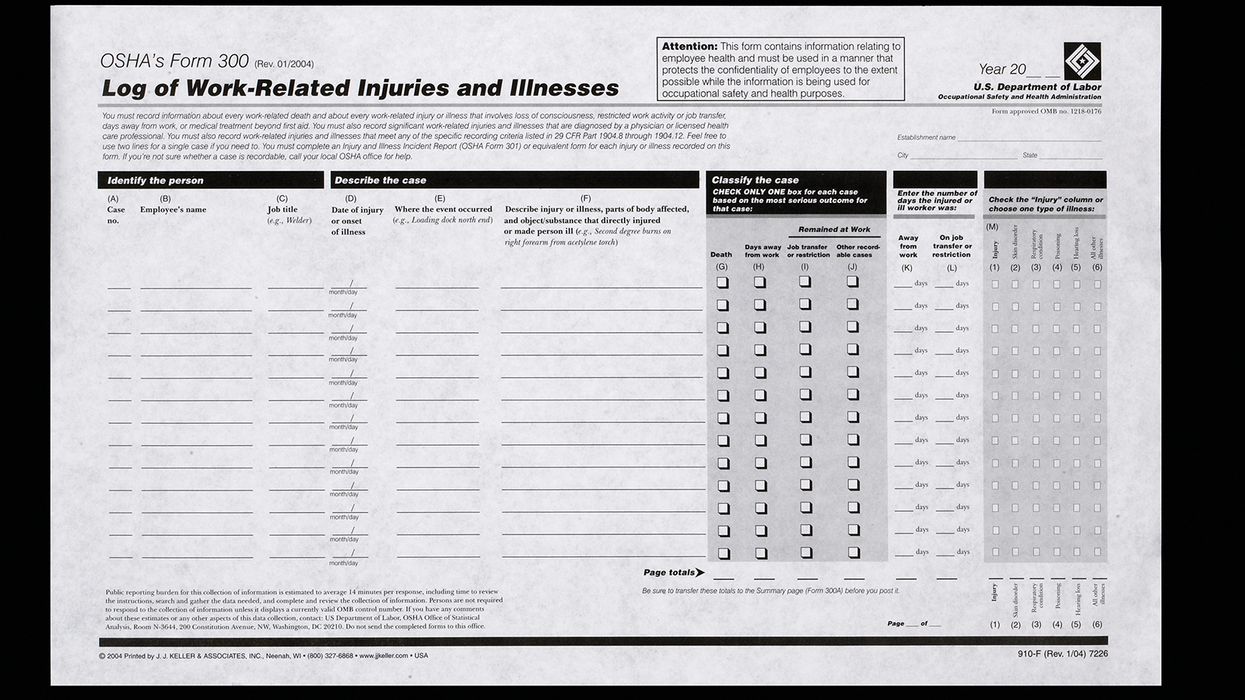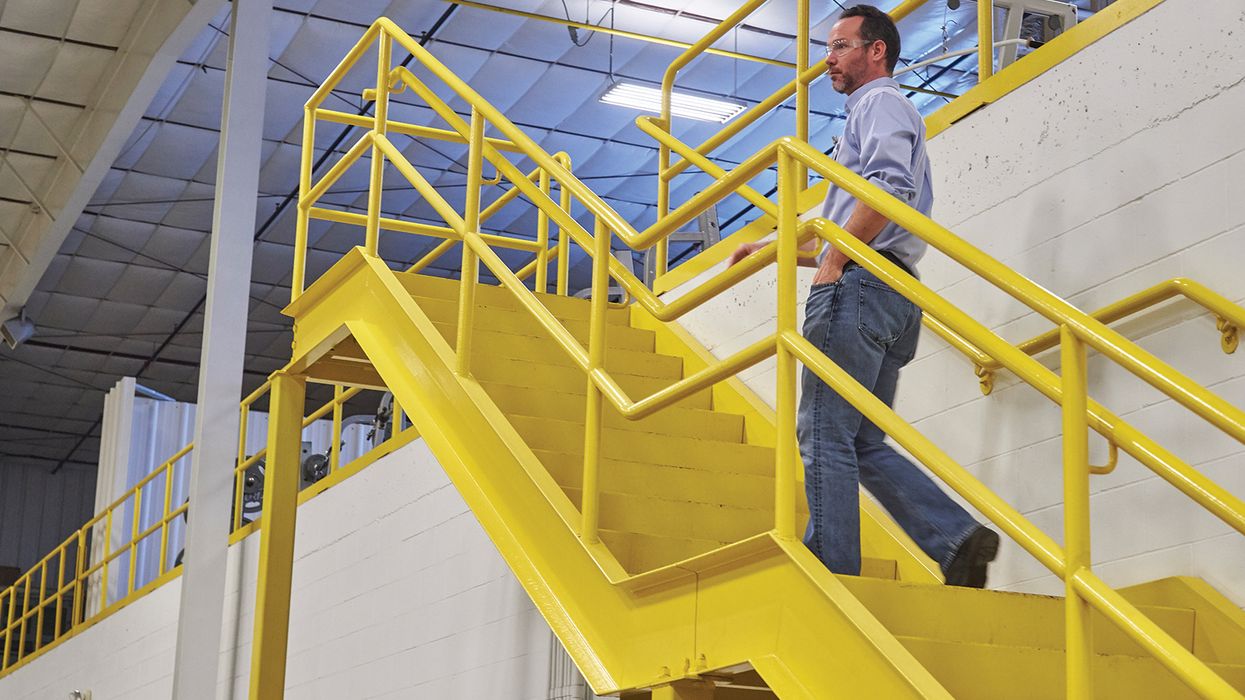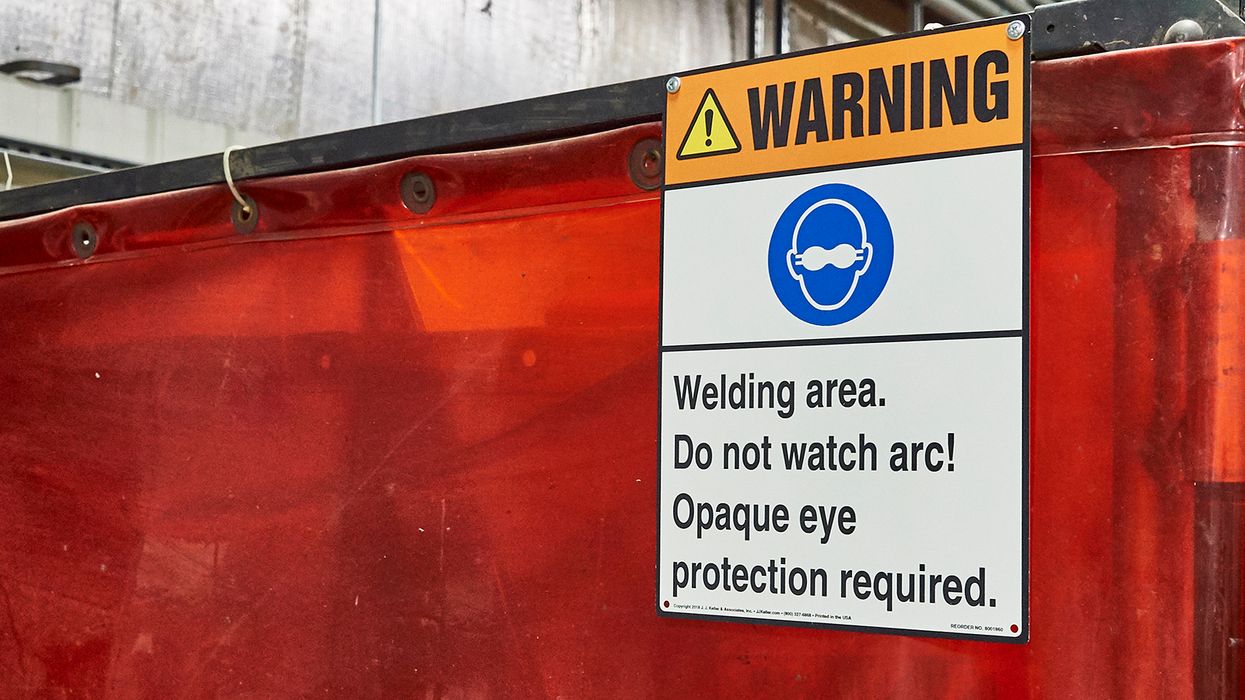Use this 4-step checklist for a seamless dash cam transition
Switching to new dash cams or upgrading from road-facing to dual-facing cameras can transform your fleet's culture. However, without a solid plan, this safety initiative can quickly become a nightmare. A well-crafted checklist serves as a step-by-step guide to manage change, increase driver acceptance, and ensure that carriers overlook nothing.
Why manage the change?
Switching from no dash cams or road-facing-only cameras to dual-facing cameras (driver- and road-facing) isn't as simple as "plug in the device and let the videos flow." Carriers can't afford the time and money to correct a poorly executed plan.
Use this four-step checklist as a high-level roadmap for each transition phase.
1. Prepare for the change.
In this initial phase, you'll define the framework for launching or improving your dash cam program. Remember, the best programs remain open to adjustments as more is learned.
Repeat continually, the primary goals of the initiative, including:
• Protecting the organization and drivers in litigation,
• Improving driver performance and retention, and
• Recognizing and rewarding safe driving.
Involve drivers, operational leaders, and safety personnel to select the dash cam system that best supports safety goals.
Run a test of one or two dash cam systems with a pilot group and no coaching or discipline (unless necessary) to establish event trigger parameters and focus metrics.
Show transparency throughout the process to increase buy-in.
2. Develop the coaching program.
The test period should include developing the coaching program and selecting coaches. Coaches must be unbiased, capable of building rapport, and able to deliver feedback without putting drivers on the defensive.
Develop focus behaviors, coachable events, and criteria for recognition.
Train coaches to approach each driver individually with the goal of them wanting to change their behavior and keeping them on the team.
Outline a standard coaching process to ensure private, well-prepared, and timely sessions (based on event severity).
Build consistency by setting expectations and measuring coaching timeliness, effectiveness (lack of similar repeat events with a driver), and allowing driver evaluations of coaches (anonymous is optional).
3. Select focus behaviors.
Start with a coaching focus on the three to five most impactful behaviors based on the root cause of violations and crashes.
Adjust the target behaviors as the coaching program's initial impact shows a reduction in focus-area metrics.
Road-facing cameras capture events such as:
• Speeding/hard acceleration,
• Hard-braking,
• Tailgating,
• Lane drift, and
• Rolling stops or failure to yield.
Driver-facing cameras detect events such as:
• Seat belt use,
• Fatigued driving, and
• Handheld device use or other distracted driving.
Set event triggers.
Evaluate the system with driver volunteers.
Develop a bonus and recognition program based on meeting or exceeding goals.
4. Communicate the dash cam policy.
With legal counsel or insurance company guidance, provide assurances of driver privacy and how the video will be used. The policy should explain important points, such as:
Consenting to dash cam recordings and coaching is a condition of employment.
Training leaders, coaches, and drivers on system use and event triggers is imperative.
Viewing properly secured videos is only for individual driver coaching, loss prevention, and legal defense purposes.
Requiring driver consent for biometric access to the system and any use of videos outside of private coaching is mandatory.
Key to remember: Driver involvement, well-trained personnel, and transparency during a dash cam transition increases buy-in and the likelihood of a successful implementation.

